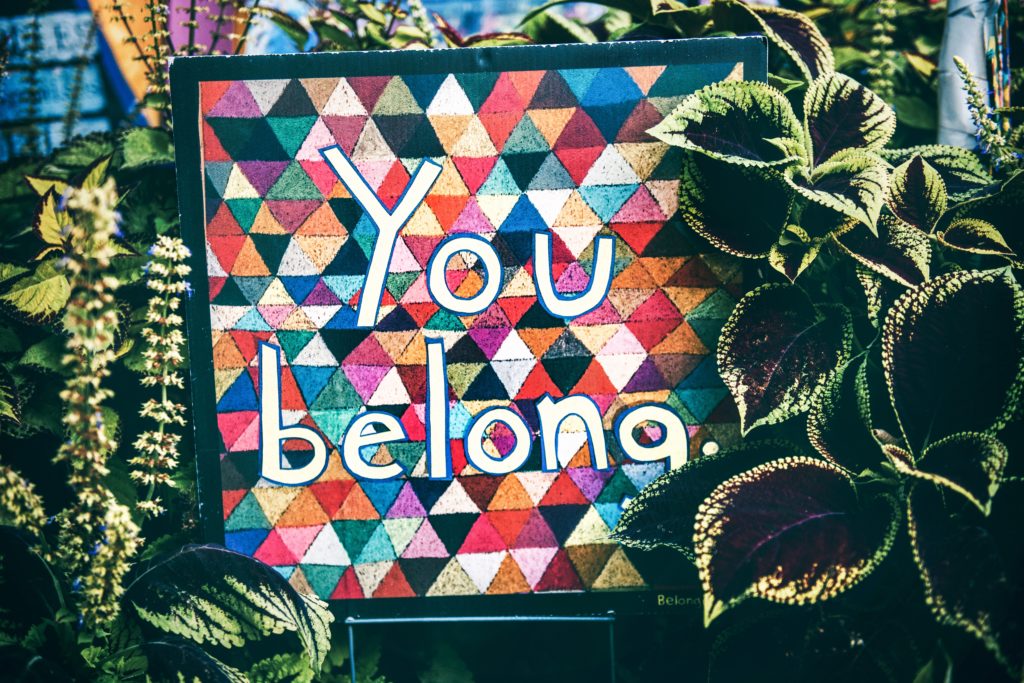
Agency and In-House: The Exception or The Rule
Our recent survey of over 125 communications professionals sought to bring objectivity to an all too often subjective question – in this piece we delved a little more into the numbers.

Having worked in the Tech, Venture Capital and Financial comms landscape for just under a decade now, diversity, equity, and inclusion (DE&I) is a topic that has consistently been discussed and pontificated around, but progress is slow and hard to point to. Whilst conscious of just adding to the white noise around the topic, we hope that another voice and platform beating the proverbial percussion for change is helpful, and our experience as recruiters in the space can be beneficial in sharing our learnings and insights around why DE&I is integral to success and how to effectively move the industry forward. To paraphrase Teamspirit’s Head of DE&I, Sandy Downs – it’s important to have as many allies as possible to affect positive change within DE&I, and allyship is a verb, not a noun.
This piece will focus on why DE&I is important, with a focus on the Comms and Marketing industry, and will be the first of two parts with the second focusing on Practical steps to improve DE&I in our sectors.
DE&I – Why is it important?
When a woman is involved in a car crash, she is 47% more likely to be seriously injured, and 71% more likely to be moderately injured, even when researchers control for factors such as height, weight, seatbelt usage, and crash intensity. She is also 17% more likely to die. And it’s all to do with how the car is designed – and for whom. This is taken from a Guardian piece based on a book called Invisible Women: Exposing Data Bias in a World Designed for Men by Caroline Criado Perez, and is talking about the fact that cars have been designed by men for men. Car safety revolves around using crash-test dummies to understand how safety features and car design impact on the user. For decades, and even to the present day, the majority of safety tests stipulate the usage of crash test dummies based on the anthropometric proportions of the male body. Given that the male body is on average taller and heavier, this means women aren’t as well protected in cars as male drivers.
The above is quite an extreme example of why DE&I is fundamentally important, but a clear example all the same. How looking at something from only one perspective can lead to totally the wrong approach and outcome. Had the car safety industry had a more diverse leadership and workforce, more inclusive of women, or given more equity to a large proportion of its stakeholders and end users – women, it would have done a much better job at protecting them.
It’s also important to be clear, given the very gender-centric example above, that DE&I is not just a gender issue. Not to diminish the importance of gender equality, but it is a fight across a number of fronts including race, ethnicity, religion, ability, gender, sexual orientation and socio-economic background, to name a few.
Diversity of perspective is one rationale as to why DE&I is important, as it fosters creativity and enhances problem solving, which studies have shown has the potential to not only benefit the user, but also to increase sales revenue, increase customer base and ultimately increase profits.
Furthermore, a number of industries are facing talent shortages with some becoming crises and so it is imperative that both bias and barriers are removed to allow all of those capable to access and compete for those jobs. Aptitude and competence should be the only qualifications for a role, not race, religion, gender, socio-economic background etc. To highlight this challenge – the Government recently estimated that the digital skills gap costs the UK economy as much as £63 billion a year in potential GDP. That’s not to say that a lack of diversity is the only challenge, but it certainly plays a big part with certain demographics unable to gain the skills needed for financial reasons, and others highlighting a lack of inclusion in the space as to why they wouldn’t apply.
Wider than the importance to individual businesses and the strategic and commercial ramifications, DE&I is also paramount for society as a whole. It’s important that all constituents of a society feel equally valued – that they have a voice and access to the same opportunities as others. Things such as privilege and nepotism are the nemesis of DE&I and are well documented to have stark consequences for societies if indulged at the expense of equity and inclusion.
DE&I in PR, Communications and Marketing
There is a saying in communications that the work is ‘PR not ER’. The meaning being that if something goes wrong it’s not life threatening. Arguably, compared with car safety, this is true. The risk to the end user of a business’s comms campaign being through the same tired lens has fewer life threatening overtones. However, this does not diminish the importance of DE&I in our sector, which is sometimes perceived as a nice to have or a tick box exercise.
Embracing DE&I is a strategic imperative – especially in the communications and marketing industry, which is conceived of people communicating a business or entity’s message to a wider audience of people. If that message is not representative of the audience or populace on the receiving end – what chance does it have of being successful?
The first Eureka moment we had was a few years ago when a client brought us in to update us on hiring needs and their strategy and policies moving forward. DE&I was at the centre of this strategy and for the first time a business was talking to us about its importance based not just around the popular mantra of ‘the right thing to do’, which was prevalent at the time, but the commercial impetus, which felt like a game changer. Those of us that have been a cog in a capitalist economy for long enough, and are of a cynical or curmudgeonly predisposition, have a perspective that little forces change more effectively than money. And if a business is speaking with us about DE&I in commercial terms then its importance may well be increasing as a priority across all businesses. Their rationale for this was that by having a truly representative workforce of the UK population then they could better represent their clients to that audience and create a competitive advantage. Of course, in practice this entire ethos was quickly undone with the same stock responses to profiles we were sharing – “This candidate hasn’t gone to a Russell Group University so, it’s a no I’m afraid”, “This candidate has been out of the industry for a few years when they were raising a family so, we don’t think they could hack the pace” etc etc.
However, it does highlight a salient truth. That the Marcomms industry is just as, if not more, predisposed to the benefits of increased diversity and inclusion of talent. A creative industry that will always benefit from new ideas and the fostering of fresh perspectives. A business that relies on people communicating to other people and therefore hinging specifically on the understanding and empathy of those people they are communicating with. Better representation in Marcomms offices can only enhance their ability to empathise and therefore deliver more and more effective messages. Furthermore, it is an industry that consistently struggles with talent shortages and candidate driven markets. The businesses that successfully utilise DE&I to find talent where others haven’t looked and make that work for them are going to have a huge advantage over the competition.
And that’s why, you need to DE and effing I.

Our recent survey of over 125 communications professionals sought to bring objectivity to an all too often subjective question – in this piece we delved a little more into the numbers.

Our salary guides are put together with a view to creating something as user friendly and helpful as possible that doesn’t rely on opinion but rather built from multiple data sources to remove any form of bias or subjectivity.

We’ve analysed and aggregated over 200 2024 PR trends and predictions from industry experts to create a list of the top 10 with the most props
Address:
Sapio Consulting Ltd
Metal Box Factory,
30 Great Guildford St,
London, SE1 0HS